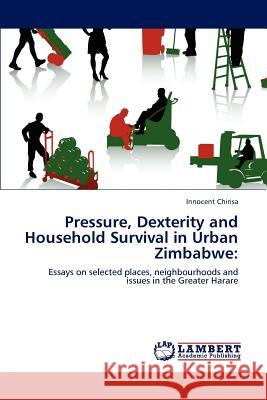Pressure, Dexterity and Household Survival in Urban Zimbabwe » książka
Pressure, Dexterity and Household Survival in Urban Zimbabwe
ISBN-13: 9783847313359 / Angielski / Miękka / 2011 / 76 str.
The book is an assortment of papers all brought together through a series of surveys, observations, critical reflections and narratives. It is organised in five chapters, with the first one being a mere introductory note. The major issue of in the planning of cities is the issue of housing and its various dimensions. Harare is the capital city of Zimbabwe. Since its birth in 1890 as Salisbury, it has seen some tremendous growth. The Great Harare Region is the product of the citys expansion and forward and backward linkages between the centre and its satellites. As a capital and primate city of the country, Harare is the major hub of social, economic and political life. In the colonial city it was a rabidly divided city along racial lines with very little traces of informal living. Informal settlements were there but in the periphery: Epworth and Chirambahuyo. Chitungwiza was established as a dormitory town for the bulk of the workers in the city. When independence was attained in 1980, the city opened its doors to the majority of the black African population that were forever meant to be destined in the rural areas. Such an open door policy had its challenges.











